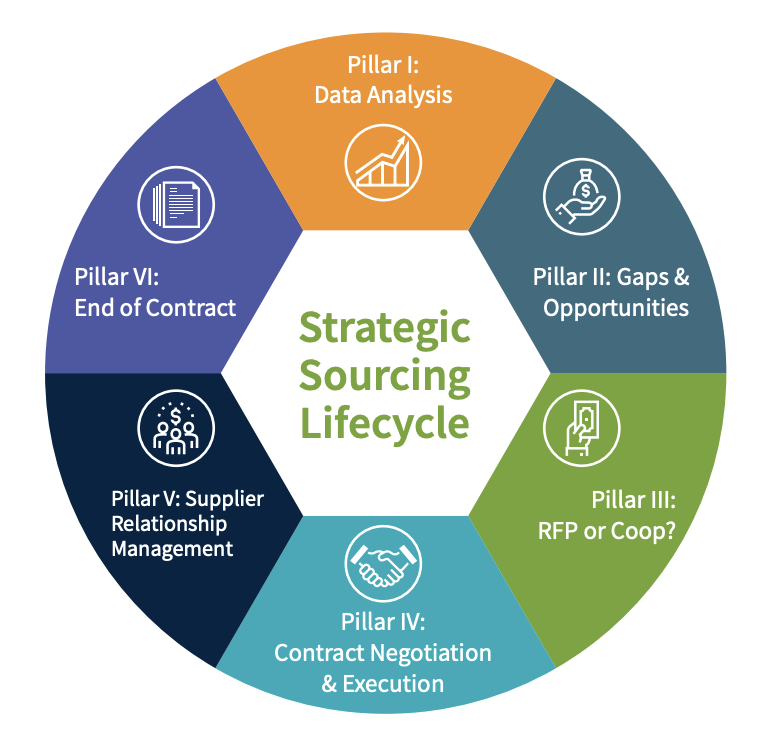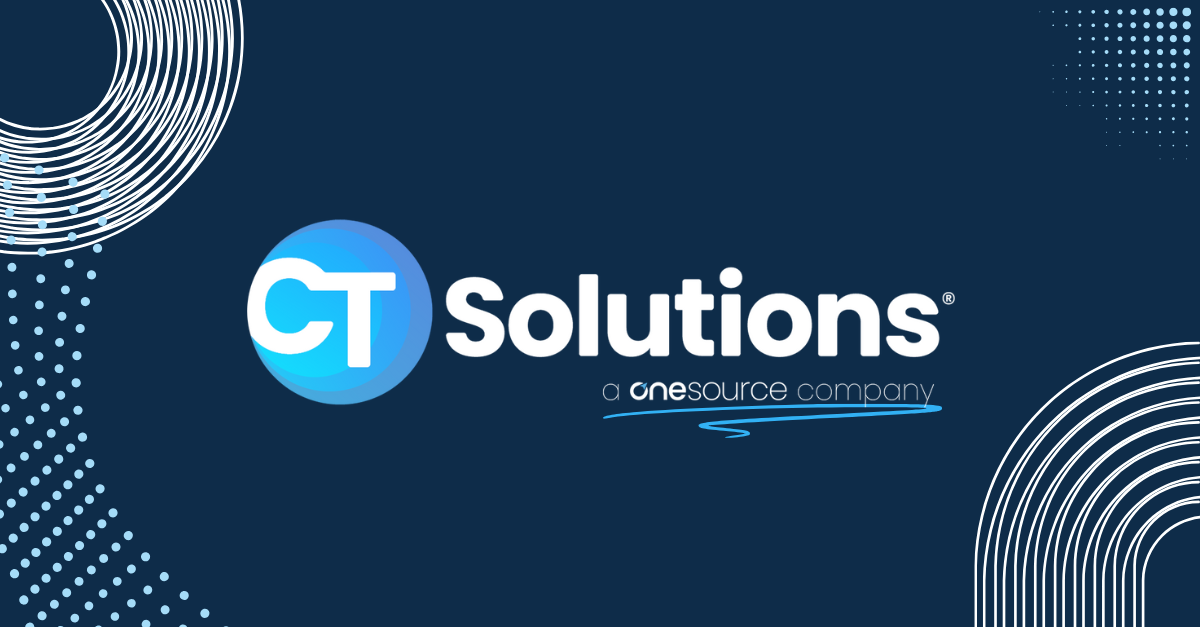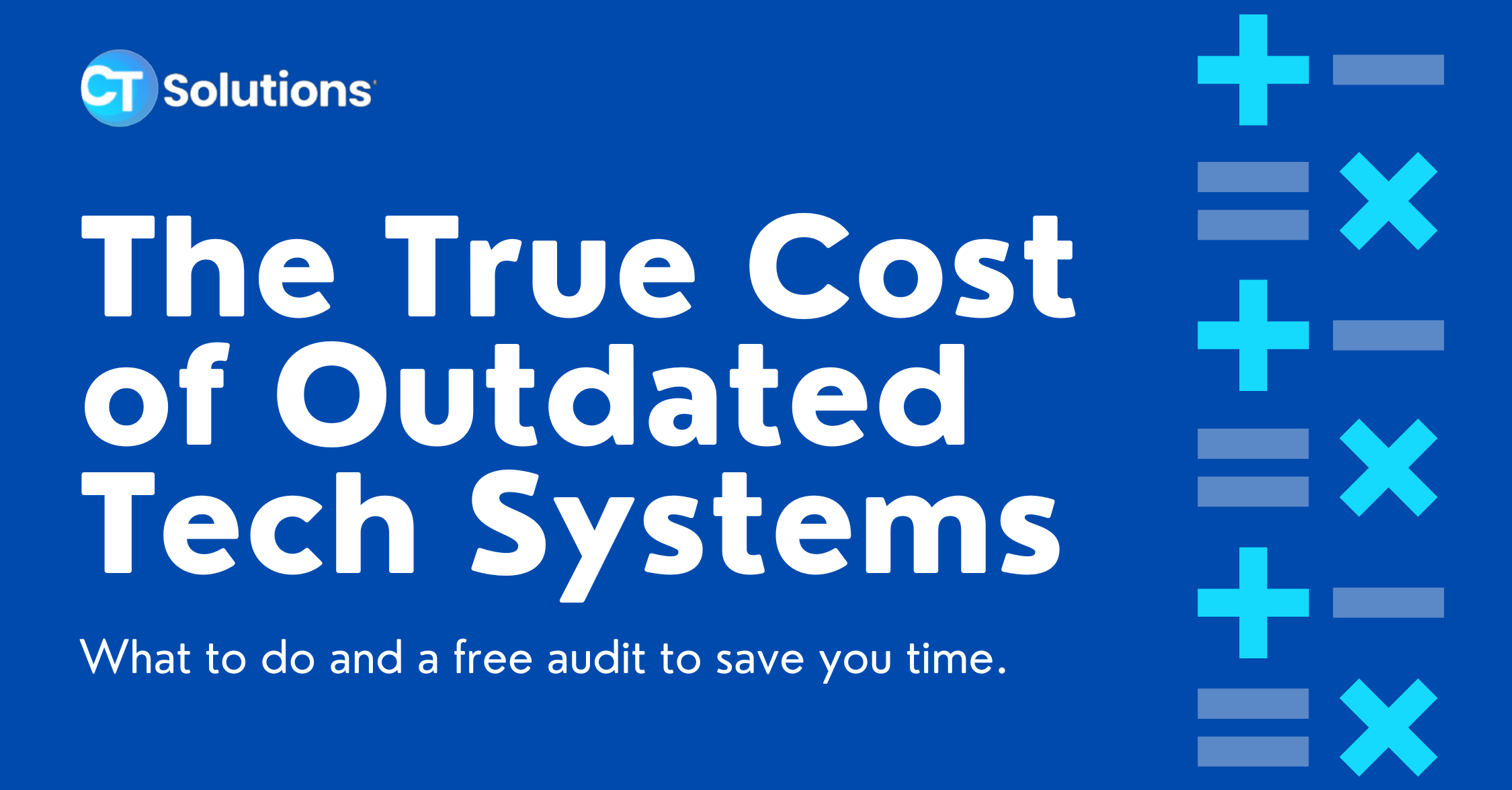
What Is Strategic Sourcing Toolkit & How It Impacts Your Business
Do you find yourself constantly firefighting and lacking time for planning? Are you looking for a more systematic and long-term approach to your sourcing activities? Strategic sourcing procurement is the answer to these challenges. It involves a collaborative and data-driven process that helps organizations make informed decisions about acquiring goods and services more effectively and efficiently. In this blog, we will explore Sourcewell's Strategic Sourcing Toolkit, which provides guidance on transitioning from tactical to strategic sourcing.
Strategic Sourcing: What is it and Why is it Important?
Strategic sourcing is a comprehensive approach to procurement that focuses on analyzing spending habits, making data-driven decisions, and maximizing the value of supplier relationships. It goes beyond the traditional focus on the lowest price and emphasizes achieving the highest value in the long run. Strategic sourcing offers numerous benefits, including addressing contract gaps, effective spend management, supplier consolidation, strategic partnerships, value-driven focus, leadership participation, improved service levels, and better data.
The strategic sourcing lifecycle consists of six pillars that guide the procurement team throughout the process.

Pillar I: Data Analysis
Data analysis is the foundation of strategic sourcing. It involves collecting and analyzing measurements, statistics, and other relevant data to gain insights into spending patterns, identify gaps and opportunities, and inform decision-making. Data analysis helps drive initiatives, enhance supplier relationships, and determine cost savings.
Pillar II: Gaps & Opportunities
This pillar focuses on identifying gaps in contracts and opportunities for improvement. By analyzing data, organizations can uncover areas where contracts are not being utilized effectively or where better options exist. This analysis allows procurement teams to take action, renegotiate contracts, and optimize their sourcing strategies.
Pillar III: RFP or Coop?
When contracts need to be renewed or new ones are required, organizations must decide whether to conduct their own procurement process (Request for Proposal or RFP) or utilize existing cooperative contracts. This pillar explores the advantages and considerations for both approaches, enabling procurement teams to make informed decisions based on their specific needs and available resources.
Pillar IV: Contract Negotiation & Execution
Once a procurement approach is chosen, the negotiation and execution phase begins. This pillar emphasizes the importance of understanding contract terms, aligning them with the organization's core values, and fostering open communication with suppliers. Collaboration and compromise are key to successful negotiations that lead to mutually beneficial contracts.
Pillar V: Supplier
Relationship Management Building and maintaining positive relationships with suppliers is crucial for long-term success. This pillar outlines the steps involved in supplier relationship management, including identifying strategic suppliers, conducting business reviews, addressing issues, and monitoring contract compliance. Effective supplier relationships lead to better pricing, improved service, and operational efficiencies.
Pillar VI: End of Contract
As contracts near their expiration dates, organizations must assess their needs, evaluate supplier performance, and determine the next steps. This pillar highlights the importance of gathering feedback from internal stakeholders, conducting surveys, and using data to make informed decisions about contract extensions, resolicitation, or exploring new options.
Scalability and Resources: The Strategic Sourcing Toolkit emphasizes that strategic sourcing is scalable and can be tailored to fit organizations of any size. The allocation of resources within each pillar can vary depending on an organization's capacity. The toolkit provides guidance on utilizing each pillar effectively based on the available resources.
If you need further assistance or have questions about transitioning to strategic sourcing, download the guide by filling out your information below and reach out to our team to answer any questions about Sourcewell member opportunities.
Sourcewell Strategic Sourcing Toolkit



